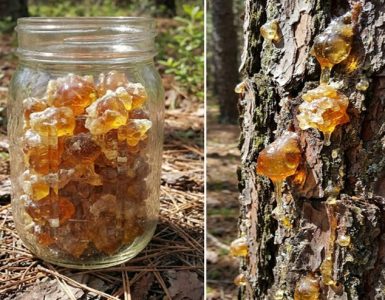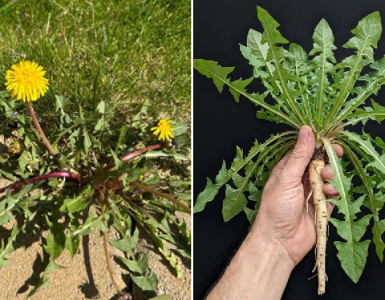The papaya, a tropical fruit beloved for its sweet, musky taste and vibrant orange flesh, harbors a lesser-known secret in its green parts and unripe fruits: a milky sap, or latex. This latex is not just a curious byproduct; it holds significant utility in both traditional and modern applications, providing benefits that are often overlooked.
What is Papaya Latex?
Papaya latex is a white, milky fluid that oozes from the fruit, leaves, and stems when they are cut or damaged. This sap is rich in several enzymes, with papain being the most prominent. Papain is a proteolytic enzyme, meaning it breaks down proteins into smaller peptides and amino acids. Its presence is so potent that the latex itself can cause irritation if it comes into contact with the skin or eyes.
Traditional Uses of Papaya Latex
In many cultures where papaya is native, the latex has been used for centuries for its medicinal properties. It has been applied as a natural remedy for a variety of ailments:
Meat Tenderizing: The proteolytic enzymes make papaya latex an effective meat tenderizer. Rubbing the latex on tough meat breaks down the proteins, making it softer and easier to digest.
Wound Healing: Traditionally, the latex has been used to clean wounds and promote healing, thanks to its antibacterial properties and ability to remove dead tissue.
Digestive Aid: In some traditional practices, small amounts of latex are ingested to help relieve digestive issues such as bloating and constipation, due to its enzymatic properties.
Modern Applications of Papaya Latex
The enzymatic power of papain has not gone unnoticed in modern science and industry. Today, papaya latex is harvested commercially for a variety of applications:
Pharmaceuticals: Papain is extracted to create digestive supplements and enzyme-based treatments that help in digestion and inflammation.
Cosmetics: In the beauty industry, papain is used in exfoliating products to remove dead skin cells and rejuvenate the skin.
Textile Industry: It is used in the processing of wool and leather, helping to clean and soften these materials without harsh chemicals.
Environmental Impact
The extraction and commercial use of papaya latex also carry environmental implications. Sustainable harvesting methods are essential to prevent overexploitation of papaya plants. Furthermore, by utilizing the latex, industries can reduce their reliance on synthetic chemicals, aligning with eco-friendly practices.
The milky sap of the papaya tree is a prime example of nature’s ingenuity—providing a substance that not only benefits the plant itself but offers numerous applications for humans. Whether used in traditional remedies or modern industry, the importance of this natural product is undeniable. As we continue to explore the potential of natural resources like papaya latex, it is crucial to approach them with sustainability and respect for the ecosystems they come from.






Add comment